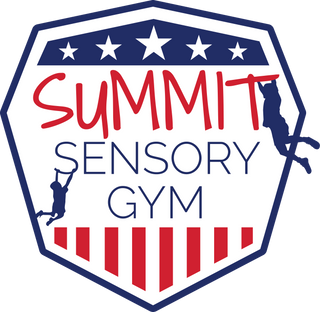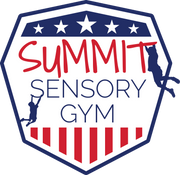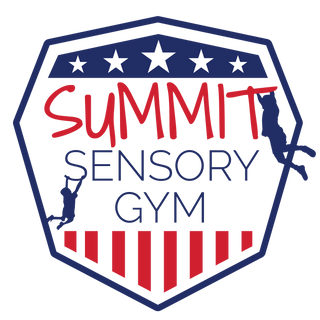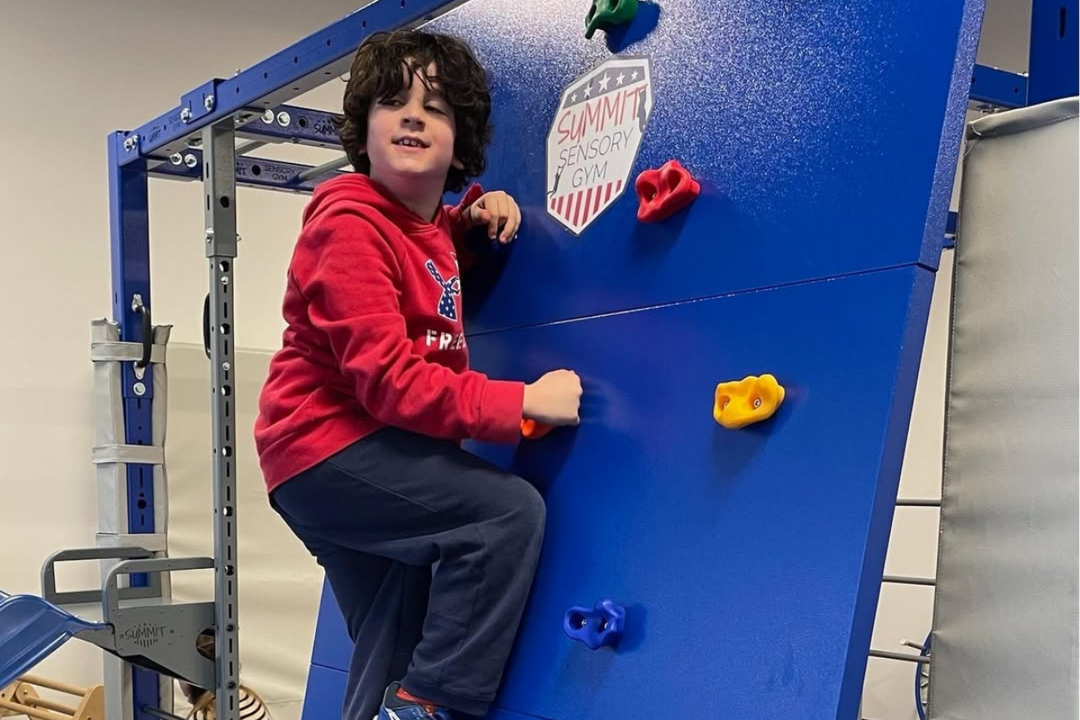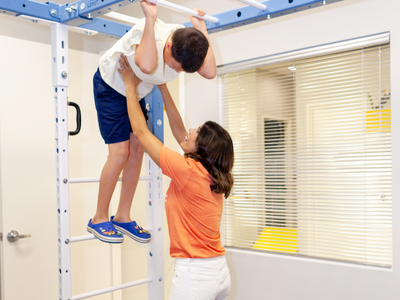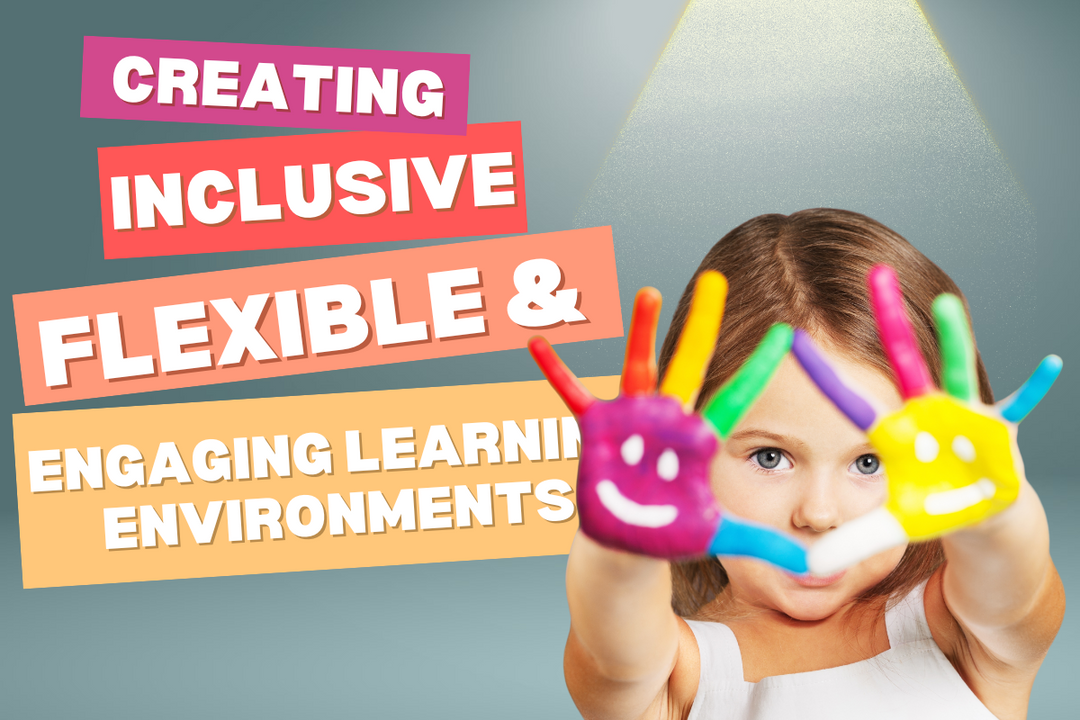Why Every Sensory Gym Needs a Climbing Wall
Climbing isn’t just for playgrounds—it’s a vital developmental tool that belongs in every well-designed sensory gym. For occupational and physical therapists, a climbing wall introduces new dimensions of therapeutic movement, motor planning, and sensory input that few other tools can match.
The Summit Adventure Climbing Wall is designed specifically for pediatric therapy environments, blending safety, fun, and clinical utility into one easy-to-mount structure. Here’s why it deserves a permanent place in your therapy space.
1. It Builds Core Strength and Postural Control
Climbing requires children to stabilize their entire body against gravity, which activates the core muscles—abdominals, spinal stabilizers, hips, and shoulders. This translates to improved sitting posture, balance, and endurance for classroom and everyday tasks.
The angled and vertical options of the Summit Adventure Wall allow therapists to scale difficulty levels, making it appropriate for kids of varying abilities.
- Use vertical setup for full-body activation
- Use angled setup (18° pitch) for confidence-building with younger children
🧠 Research Insight: A 2018 study in Physical & Occupational Therapy in Pediatrics showed that climbing-based intervention improved postural control and fine motor precision in children with sensory-motor delays.
2. It Supports Motor Planning and Bilateral Coordination
Climbing requires the brain to plan, sequence, and adjust movements in real-time. Kids learn to alternate hands and feet, adjust their body to reach the next hold, and shift their weight—all skills tied to bilateral coordination and motor planning.
This is especially important for children with dyspraxia, developmental coordination disorder, or autism spectrum disorder.
3. It Provides Heavy Work and Proprioceptive Input
Climbing delivers "heavy work" input as kids push, pull, and lift their own body weight. This provides strong proprioceptive feedback, which helps children:
- Understand where their body is in space
- Feel grounded and regulated
- Prepare for seated activities and transitions
Pair it with a crash pad below for safe landings and added deep-pressure input when jumping off.
4. It Enhances Confidence and Emotional Regulation
Every successful climb builds confidence. Children learn to take risks, self-monitor their movement, and celebrate small victories. These emotional benefits are especially valuable for kids who struggle with frustration tolerance or self-esteem.
Therapists can scaffold success by positioning holds closer together or spotting more heavily as needed.
5. It’s Built for Therapy Settings
The Summit Adventure Climbing Wall is designed specifically for use in pediatric clinics, schools, and therapy gyms. It’s:
- Made from commercial-grade birch plywood
- Includes 20 interchangeable climbing holds
- Mounts directly to the Summit Adventure Series or to a wall with an optional mounting kit
Therapists can move it, reconfigure it, or store it easily depending on the session needs.

Real Feedback from Therapists
“The climbing wall gives us a great platform for goal-directed movement and regulation. It’s the most-used piece of equipment in our gym after swings.”
— Nicole S., OT/L, New York
“I love that I can adjust the pitch for different kids. It’s accessible for my youngest clients but still challenging for older students with motor delays.”
— Megan L., Pediatric PT
Ideas for Therapeutic Use
Here are some favorite therapist-approved climbing wall activities:
- Color-matching climb: Place colored holds and have children match beanbags or visuals during ascent
- Obstacle integration: Use the wall as part of a larger sensory-motor circuit
- Climb + crash: Combine with a crash pad for proprioceptive input and safe landings
Conclusion
When you add a climbing wall to your therapy space, you’re adding far more than a physical challenge. You’re creating a tool that boosts body awareness, confidence, strength, and executive function. The Summit Adventure Climbing Wall brings research-backed benefits into your therapy sessions—safely and with lasting impact.
